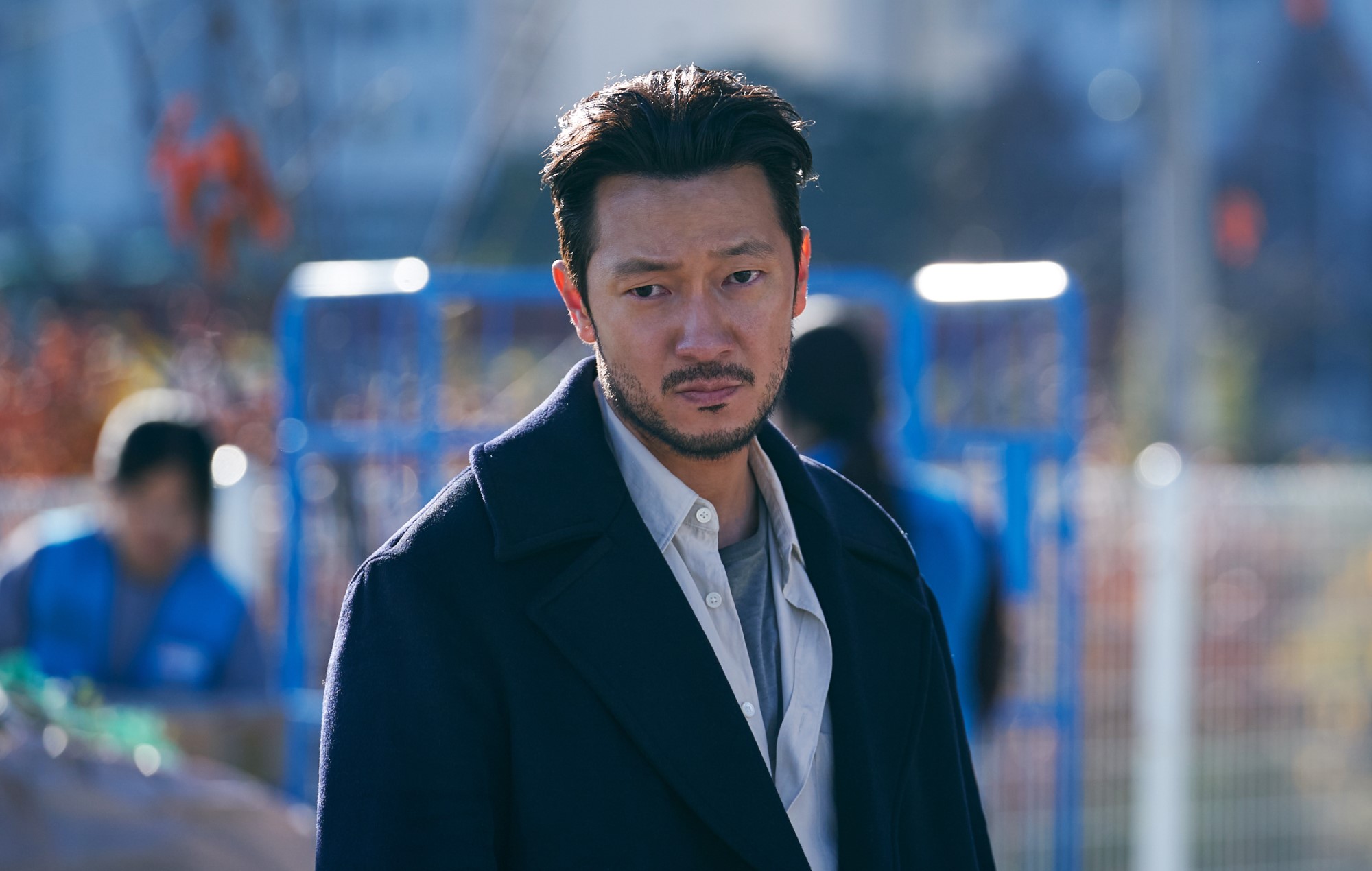A Killer Paradox director Lee Chang-hee has opened up about why he decided to use deepfake technology in the new Netflix K-drama.
READ MORE: 8 incredible K-dramas to check out in March 2024, featuring Cha Eun-woo, Kim Soo-hyun and more
During a recent interview with Korea JoongAng Daily, Lee spoke about how the production utilised deepfake technology in A Killer Paradox to create the scenes where the cast had to portray childhood versions of themselves.
“A child actor played [Son Suk-ku’s part] and the face was recreated by collecting photos of Son when he was younger and adding special effects – ‘deepfake’, to be precise – to it,” Lee explained. “We didn’t have many photos of him when he was younger, so we drew image models.”
The director said that while the process was expensive, he felt it was necessary to use deepfakes “for the sake of reality”. However, he also said that a trade-off of using the technology was the lack of dialogue using those childhood scenes.
Based on Kkomabi’s webtoon of the same name, A Killer Paradox follows an ordinary university student whose life is turned upside down when he turns into a serial killer. Hot on his heels is Jang Nan-gam, a smart and relentless detective who is determined to catch the murder.
In a glowing four-star review of the series, NME‘s Rhian Daly described the K-drama as “worlds apart from the usual murder and retribution fare”, while adding that lead actor Choi Woo-shik is “phenomenal as the unlikely avenger”.
Meanwhile, Netflix has released a brand-new teaser for its upcoming Korean comedy series, Chicken Nugget. The series, which stars Ryu Seung-ryong, follows a businessman who ventures to save his daughter after she’s accidentally turned into a chicken nugget.
The post ‘A Killer Paradox’ used deepfake technology “for the sake of reality”, says director appeared first on NME.




